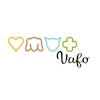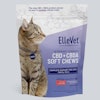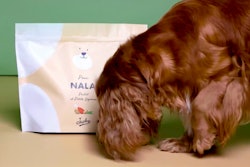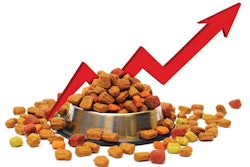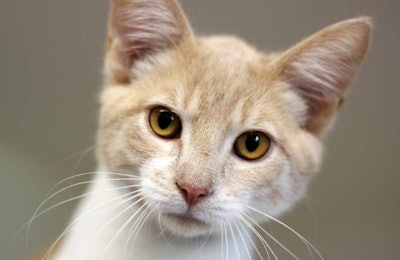
South Korea’s pet food market has grown and matured over the past two decades, as more people chose commercial kibble over table scraps while also bringing more pets into their homes. As South Korea’s pet food market expanded, it fueled growth of domestic producers to the point where export too have increased dramatically. Sunny Moon, food and nutrition consultant with Euromonitor International, examined economic aspects of South Korean pet food in the report “Pet Care in South Korea: A Leading Frontier in the Asia Pacific Market.”
Cat food and premiumization growth
In 2020, pet ownership growth rates slowed down during the pandemic and an animal welfare law curbed overpopulation in breeding centers and pet shops, Moon wrote. While these events will have repercussions on the pet food market, South Korean dog and cat owners still tend to spend more than the global average at US$137 per animal. That’s more than double the amount spent in the rest of the Asia Pacific region on average.
Cat food has been a particularly strong point in the South Korean market. A phenomenon, that of “cat mums” or people who feed stray cats, has helped boost South Korea’s cat food market. Many of these people feed economy cat food to the strays. Starting in 2000, these economy brands have targeted marketing to these feeders of ferals, as well as dog owners in rural areas. As a result, economy pet food came to make up more than half of all pet food sales in South Korea by 2016. However, premium and mid-priced pet foods have gained ground. By 2026, Moon forecast that economy would be a smaller segment of the market than the combination of premium and mid-priced pet foods.
With that growth in premium and mid-priced pet food, wet formulations have also grown. While Moon forecast the share of wet cat food to remain at 17% in 2021, cat food sales value grew by 215% in value between 2016-2021.
South Korean pet food exports
Historically, most cat, dog and other pet food sales in South Korea have been dominated by international brands. In 2020 though, domestic brands overtook foreign competitors. South Korean brands appealed to consumers by promoting value, wrote Moon. Beyond their own peninsula, South Korean brands have looked to markets in China and Southeast Asia using a similar promotional strategy.
South Korean pet food exports increased 92% in 2020. Export volume of South Korean cat food to Vietnam grew 112% while dog food exports increased 191%. South Korean dog food exports increased 136%.
As the twin trends of pet humanization and pet food premiumization continue, growth in South Korea’s domestic and exported pet food sales may continue.

